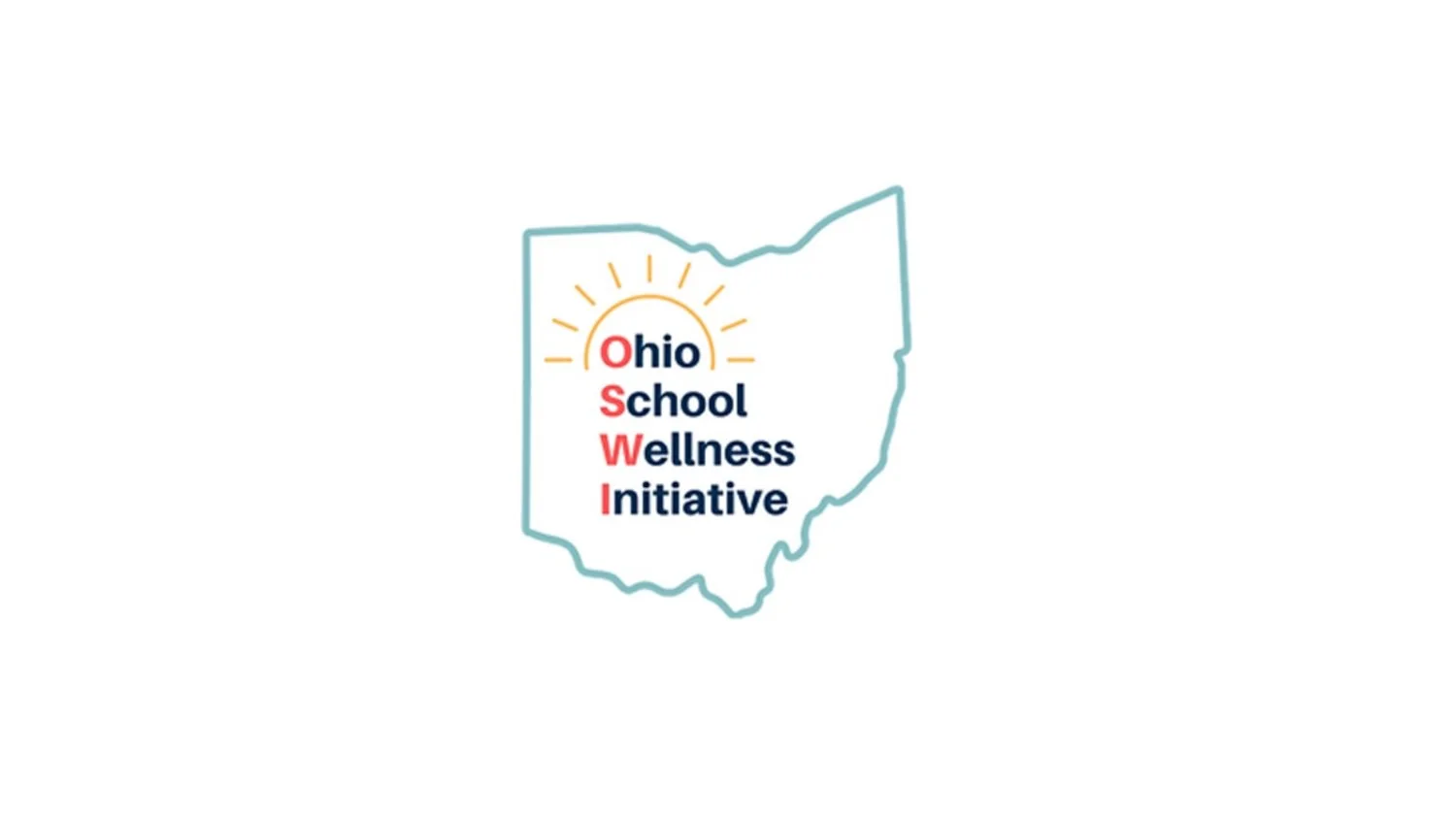
Education Worker Toolkit
Like all Canadians, education workers and teachers experience mental health challenges. As part of a larger study of Canadian professional workers, 1146 education workers completed a survey to explore their experiences with mental health, leaves of absence, and return to work between November 2020 and May 2021.
Click below for the education report
A high number of education workers in our study, over 50%, reported having had a mental health issue at some point during their careers, with female teachers reporting high rates.
53 education workers were interviewed about their experiences. Themes such as increased workload, digital stress, the impact of leadership, social isolation and feeling disconnected were mentioned most often.
Our research team utilized survey data and interview stories to curate a list of resources to help improve education worker mental health with a focus on system, organization and team level resources.

What Interviewee’s are Saying:
“Nobody quits a job. They Quit a Manager”
“My interactions with health and wellness have left me feeling frustrated and feeling like I’m a number and not a person”
Taking Care of Teachers: Mental Health & Wellbeing Hub
This virtual hub includes information, tools, and resources on school staff mental health and wellbeing. Topics cover staff wellbeing, school culture, supporting teams and measuring success.
Mentally Healthy Schools: Resource Hub
This resource hub is for classroom and wellbeing support. Resources include online activities, toolkits, trainings, videos, podcasts, lesson plans and more.
Ohio School Wellness Initiative
The Ohio School Wellness Initiative is committed to supporting K-12 schools across the state and providing resources and guidance to promote well-being for school staff in all positions. The School Staff Wellness Manual provides assessments, planning tools, resources, and sample activities that can be incorporated throughout the school year to promote wellness for individual school staff members as well as thinking about wellness holistically for school teams.
Workplace Strategies for Mental Health
Accommodation strategies for employees with mental health issues who are at work or returning to work.
Here to Help
Screening self-tests are tools that help you look at your mental health or wellness. These tests look for signs or symptoms that can show up in some mental illnesses. They can also help you look at patterns of feelings or patterns of substance use.
BounceBack
BounceBack is a free skill-building program managed by the Canadian Mental Health Association (CMHA). It is designed to help adults manage low mood, mild to moderate depression and anxiety, stress or worry.
Change Works Interactive
Kevin Waldbillig is a Registered Psychotherapist and former educator who understands the challenges teachers face. He provides personal counselling and psychotherapy for those seeking treatment for stress management, depression, anxiety grief and much more. Continuous professional development and lifelong learning are foundational elements of his journey.
Survive and Thrive
The Ontario Teachers' Federation developed this website which contains strategies for things such as balancing your personal and professional life, ensuring your personal wellness, and developing effective time management strategies.
Guarding Minds at Work
Guarding Minds is a free online set of resources designed to assess and address psychological health and safety in your workplace. It is intended to be administered by one of your own employees.
It Takes a Village
The Alberta School Employee Benefit Plan created a wellness hub to provide personal and workplace wellness information. Topics include healthy workplaces, relationships, self-care, social connections, self-assessment and more.
Well at Work
Well at Work provides magazine articles, blogs and more about healthy workplaces in K-12 education.



















This Toolkit explores how to implement the Canadian Healthy School Standards, with a specific focus on the actions needed at a school system leadership level. It provides a pathway to follow in the form of six interconnected checklists, along with connections to additional resources.